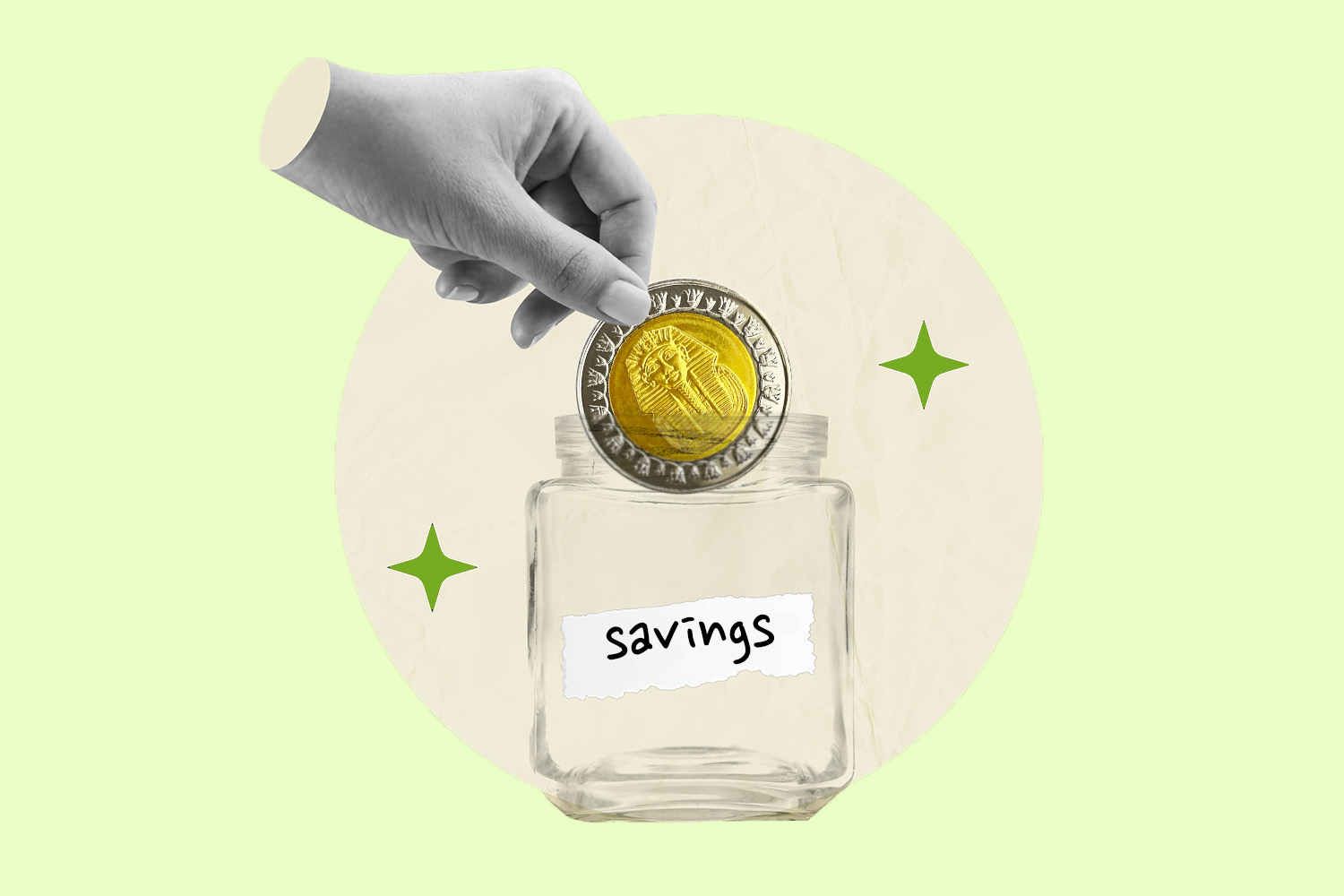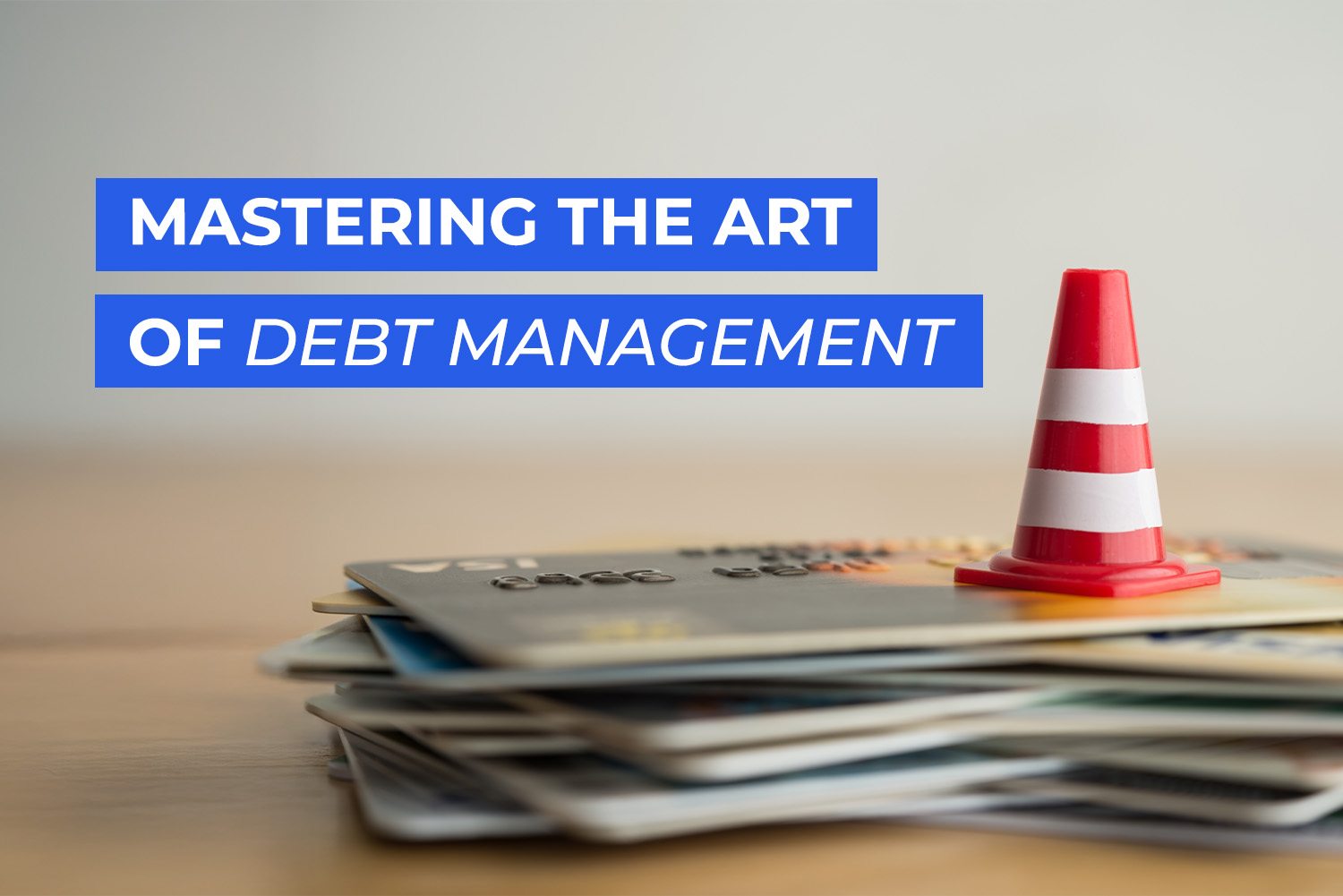Gold has always been considered one of the safest investment options, especially during economic crises and global market fluctuations. Its enduring demand and limited supply make it a reliable choice. Many investors see gold as an excellent way to diversify their portfolios since its performance is generally uncorrelated with other asset classes like stocks or currencies.
With advancements in technology, buying and storing gold has become easier than ever before. What used to be a logistical challenge is now a seamless process. For those looking to protect their wealth against inflation and economic instability, purchasing gold remains one of the most effective strategies. Not only does it safeguard your money, but it also adds diversification to your portfolio, reducing overall financial risks.
Historically, gold has been a symbol of strength and wealth. Amid today’s global uncertainties, gold continues to be a secure and trusted option for individuals looking to save or invest their money. Thanks to its constant demand, gold is easy to liquidate whenever needed, making it a practical asset.
In this article, we’ll explore in detail how gold can serve as a powerful tool for saving and investing, helping you secure and build your financial future.
Key Factors That Affect Gold Prices
Gold prices are influenced by several factors, including:
- Central Bank Policies: Decisions regarding interest rates and inflation significantly impact gold prices. Lower interest rates and higher inflation often drive gold prices higher.
- Currency Exchange Rates: The strength or weakness of the U.S. dollar plays a crucial role. When the dollar weakens, gold prices tend to rise, and vice versa.
- Supply and Demand: As gold mining becomes increasingly challenging, its scarcity drives prices higher over the long term.
- Economic Uncertainty: During periods of economic instability, gold acts as a haven, leading to increased demand and higher prices.
These factors are essential for those planning to buy or sell gold, whether it’s in the form of jewelry, bullion, or exchange-traded funds (ETFs) tied to precious metals.
The Importance of Saving & Investing in Gold
1- Long-Term Returns: Gold investment isn’t about earning quick profits but achieving steady and consistent returns over time. Historically, gold has proven to be a reliable asset, especially during economic crises.
2- Global Demand: Gold enjoys constant demand globally, whether in jewelry production, technological industries, or as a reserve asset for central banks. This consistent demand ensures its price stability or even growth over time.
3- Easy Liquidity: One of gold’s greatest advantages is its liquidity. If you need cash quickly, gold can be sold easily without the complicated procedures associated with other assets.
4- Diversifying Savings: Adding gold to your portfolio helps minimize financial risks. Even if another investment underperforms, gold’s value typically remains stable or even increases.
Ways to Invest in Gold
- Buying Gold Bullion and Coins: This is the most direct way to invest in gold. Owning physical gold gives you full control over it, and it can be easily sold whenever needed.
- Investing in Gold Jewelry: Many people prefer gold in the form of jewelry. However, note that making charges impact profits upon selling. Hence, jewelry is often more suitable for personal savings than pure investment purposes.
- Gold Exchange-Traded Funds (ETFs): For those who want to avoid the hassle of storing physical gold, ETFs are a convenient option. They allow you to invest in gold indirectly, offering benefits without the burden of physical storage.
- Gold Futures Contracts: Futures contracts let you buy or sell gold at a predetermined price in the future. However, this method is best suited for experienced investors as it carries higher risks.
- Digital Gold Investment: With advancements in technology, many platforms now allow you to buy and store gold online without worrying about physical storage.

































